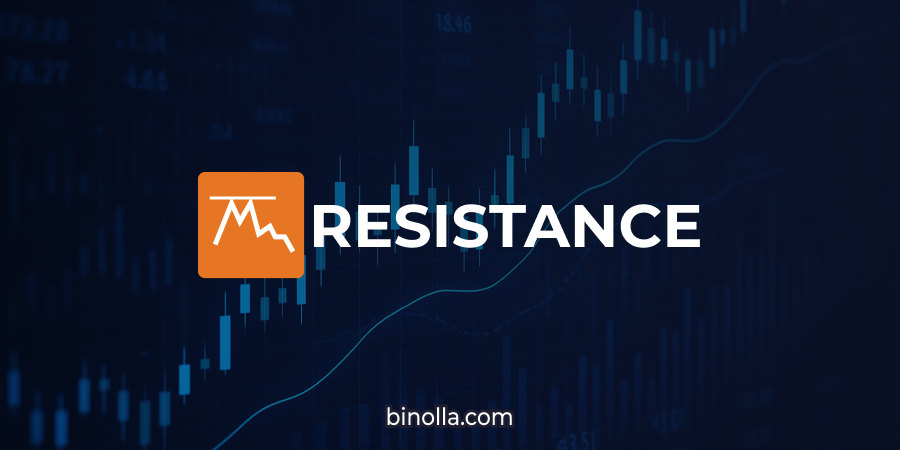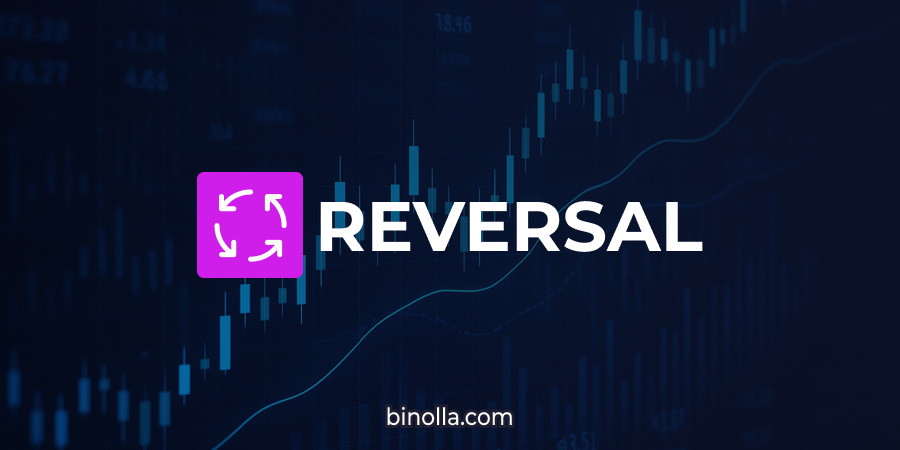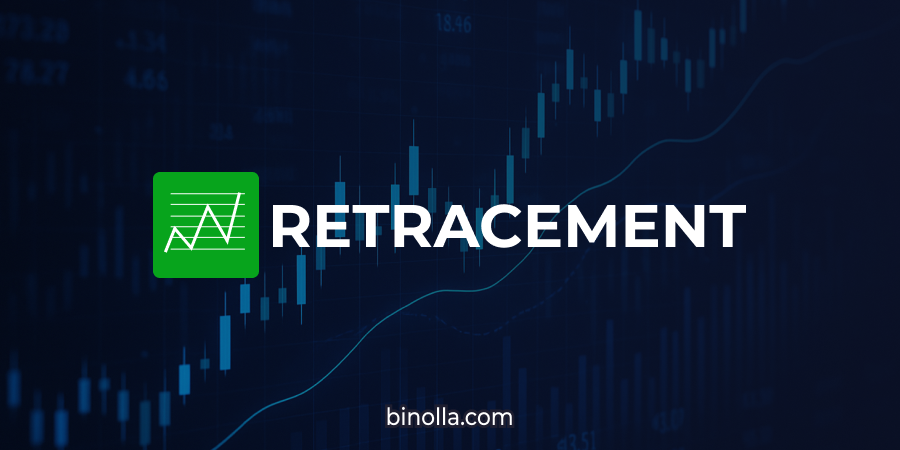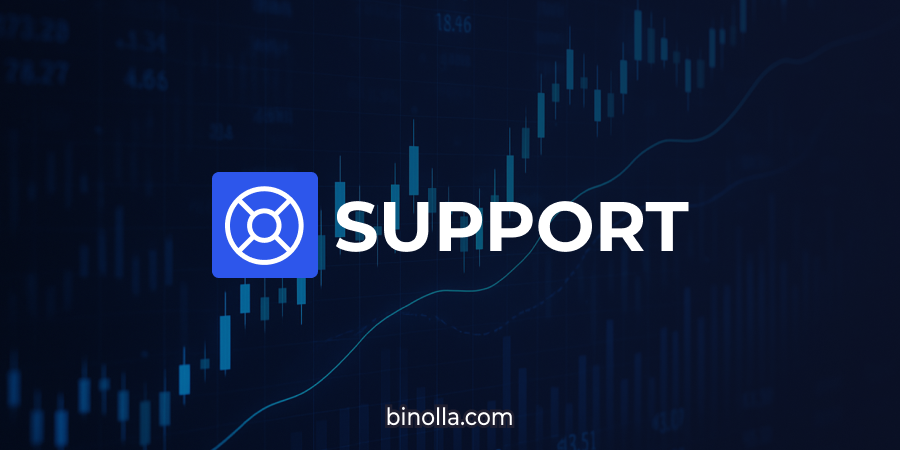Digital Options
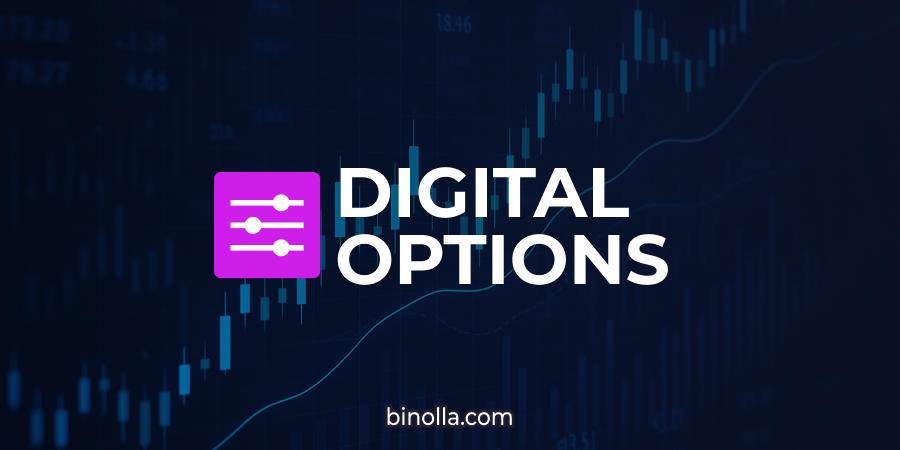
A digital option is a type of financial instrument where a trader buys a contract to predict whether the price will be above the strike price at expiration. If the trader is correct in their prediction, they gain profit (in-the-money). If not, a loss occurs (out-of-the-money). Digital options offer fixed payouts.
How It Works
When trading digital options, a trader does not buy an asset directly. They purchase a contract for an underlying asset instead. The idea is to predict the direction of the price movement. In particular, when buying a Higher option, a trader supposes that the price will be above the strike price at expiration. On the other hand, when buying a Lower contract, the trader forecasts that the price will be below the strike price at expiration.
When buying a digital option contract, the trader should make the following selections:
- Asset or underlying asset. This can be a currency like EUR/USD or USD/JPY, cryptocurrency like Bitcoin, Ethereum, commodity like gold or oil, or stock like Tesla or NVidia.
- Trade direction. The trader can choose a Higher contract when they expect the price to move above the strike price or a Lower contract when they think the price will move below the strike price.
- Expiration time. This is a moment in the future when the contract expires. It can be set from 5 seconds to 4 hours.
- Investment amount. This parameter refers to the amount that the trader invests in a single trade.
Example
A trader decides that the EUR/USD, which is currently trading at 1.1300, will move higher in the upcoming five minutes. They buy a Higher contract and invest $10. The profitability of the contract is 90% The expiration is set at five minutes. The price moves to 1.1302 at the expiration moment. Thus, the contract closes in the money and the trader earns $10*90%=$9. The investment amount is also back to the trader’s balance.
